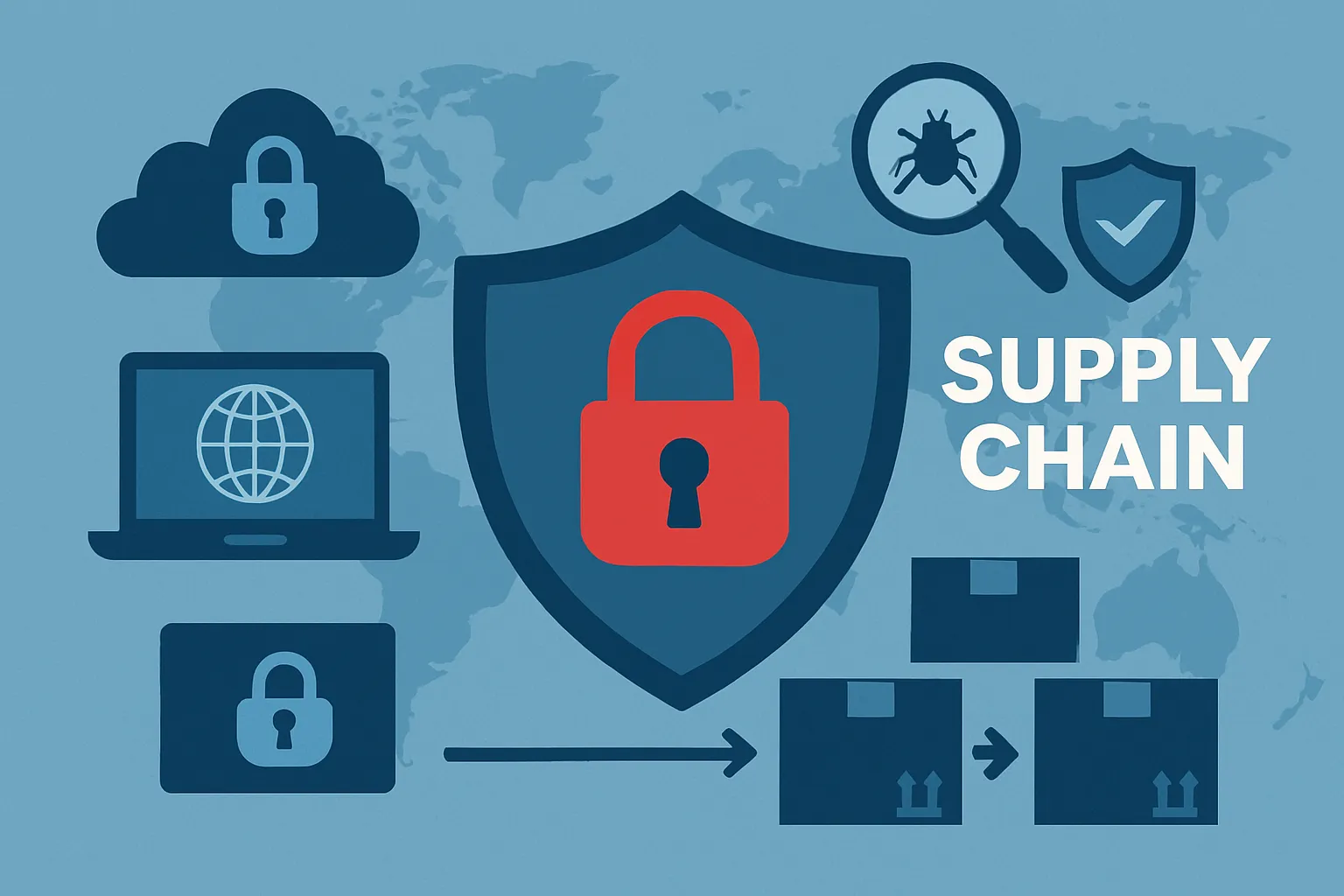Navigating the Minefield: Understanding Supply Chain Cybersecurity Threats
Welcome to the intricate world of cybersecurity, where the concept of supply chain vulnerabilities has recently taken center stage. In this post, we'll delve into what these threats entail, highlight some recent incidents, and share insights on how individuals and organizations can shield themselves against these hidden dangers.
What is a Supply Chain Attack?
A supply chain attack, also known as a value-chain or third-party attack, occurs when someone infiltrates your system through an outside partner or provider with access to your systems and data. This type of cyber attack targets less-secure elements in the supply chain to gain access to more secure areas, compromising sensitive data and systems.
Recent High-profile Supply Chain Attacks
In March 2025, a significant incident was reported involving 23,000 projects on GitHub. Attackers compromised a project which later affected myriad repositories with spilled secrets (source: Packetstorm News). Similarly, the double attack on 3CX and the automotive industry's intrusion affecting over 100 car dealerships illustrate the vast and diverse nature of these threats (sources: Apple News, Packetstorm News).
Decoding the Methodology
Supply chain attacks leverage multiple avenues of attack. From compromised software updates, malware in legitimate software, to sabotaged hardware components, the methods are as varied as they are dangerous. The core of such attacks often lies in the manipulation of trust—the trust that companies place in their partners and supply networks.
Your Shield Against Supply Chain Threats
Protecting against supply chain attacks involves several layers of security:
- Conduct thorough due diligence of all vendors.
- Implement robust monitoring of network and software activities to detect anomalies.
- Use secure, automated software update mechanisms.
Conclusion and Takeaway
The rising frequency and sophistication of supply chain attacks necessitate proactive defenses. Vigilance, combined with advanced security practices and a comprehensive understanding of the ecosystem, are your best safeguards against these covert assaults.

